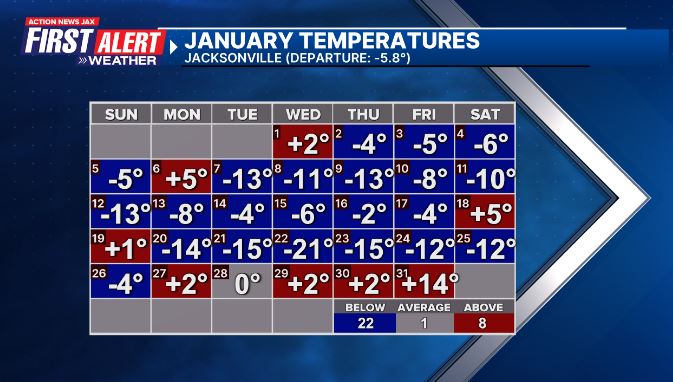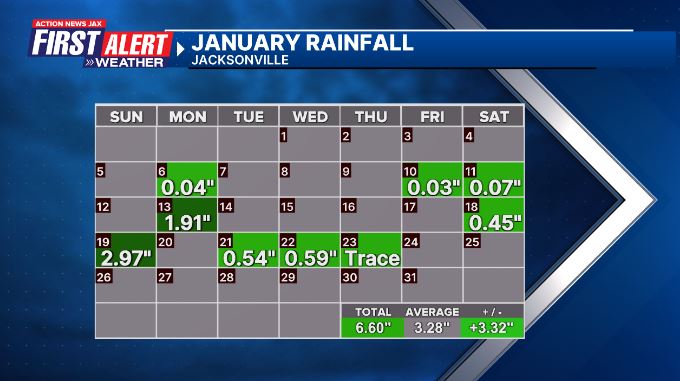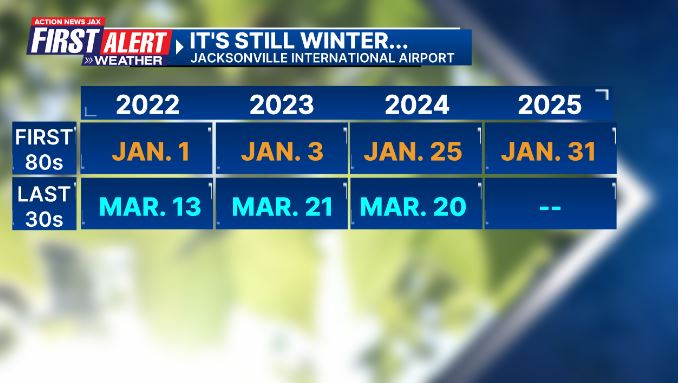JACKSONVILLE, Fla. — You can become a part of the First Alert Neighborhood Weather Network. Scan below &/or click * here *:
After a very cold January, it’s spring fever for the first couple of weeks of February. January was the 9th coldest on record for Jacksonville... & the 8th wettest.
Which begs the question “Is Winter Over??” The short answer is probably not. Though as of this writing, no cold air is in sight for NE Fl./SE Ga. through at least Valentine’s Day. But if history is any indication - not to mention what looks to be the evolving weather pattern over the U.S. Lower 48 - don’t get too eager to begin gardening. The average last freeze for most inland areas of NE Fl. & SE Ga. is Feb. 20th or later & is Feb. 25th for inland Duval Co.
#firstalertwx average date of the last freeze (50% of the time the date will be earlier, 50% of the time the date will be later) @ActionNewsJax @WOKVNews pic.twitter.com/cHUGlBhb9e
— Mike Buresh (@MikeFirstAlert) February 4, 2025
#firstalertwx average date of the last freeze (50% of the time the date will be earlier, 50% of the time the date will be later) @ActionNewsJax @WOKVNews pic.twitter.com/6F507Yjj1g
— Mike Buresh (@MikeFirstAlert) February 4, 2025
For Jacksonville since 2022, the first 80s occurred in January but temps. as cold as the 30s - including inland frost - occurred well into March. And the latest freeze on record at JIA is April 8, 2007 (31 degrees).
The week of Feb. 3rd is “Severe Weather Awareness Week” - more info. * here * from the Florida Division of Emergency Management.
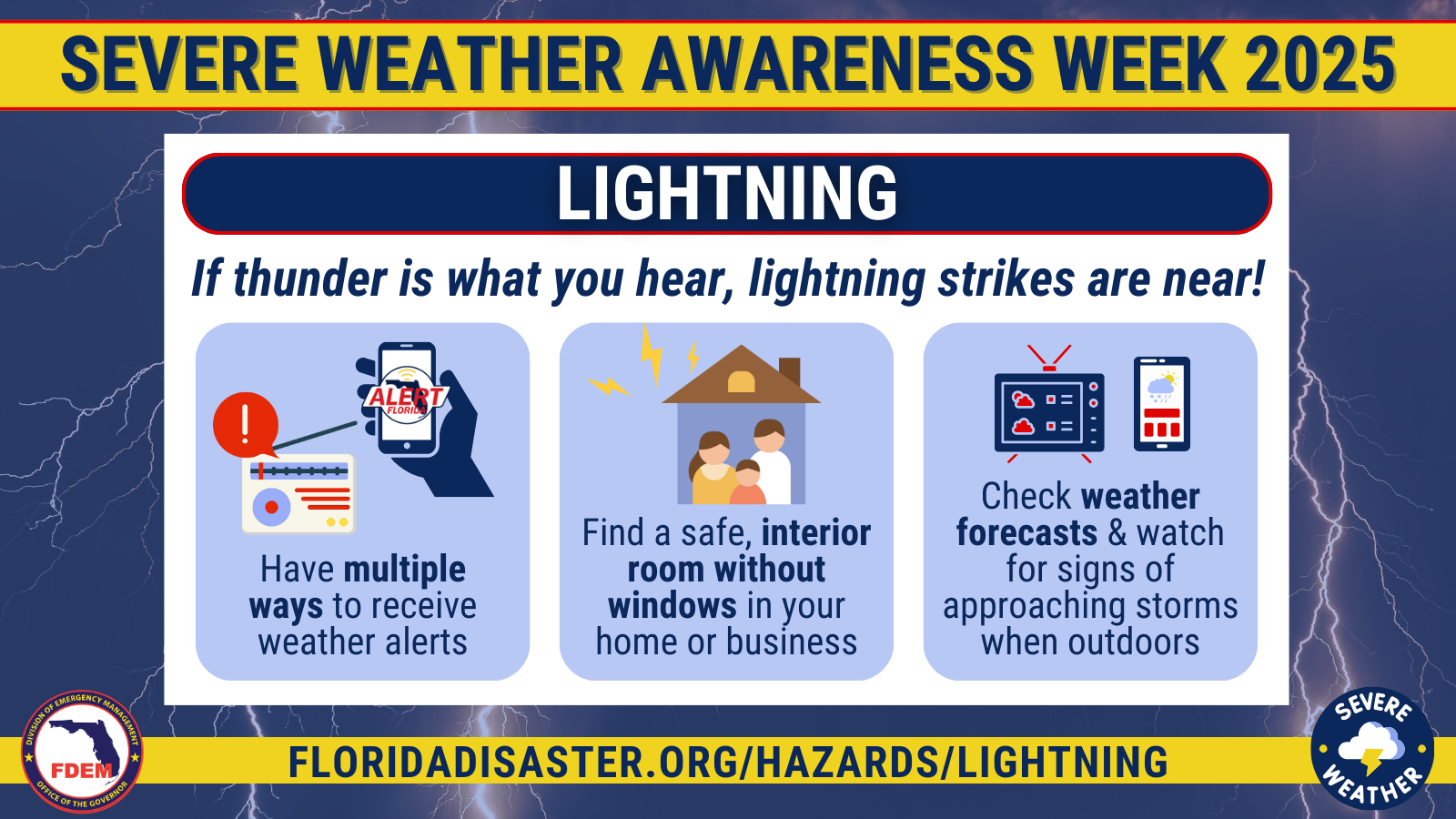
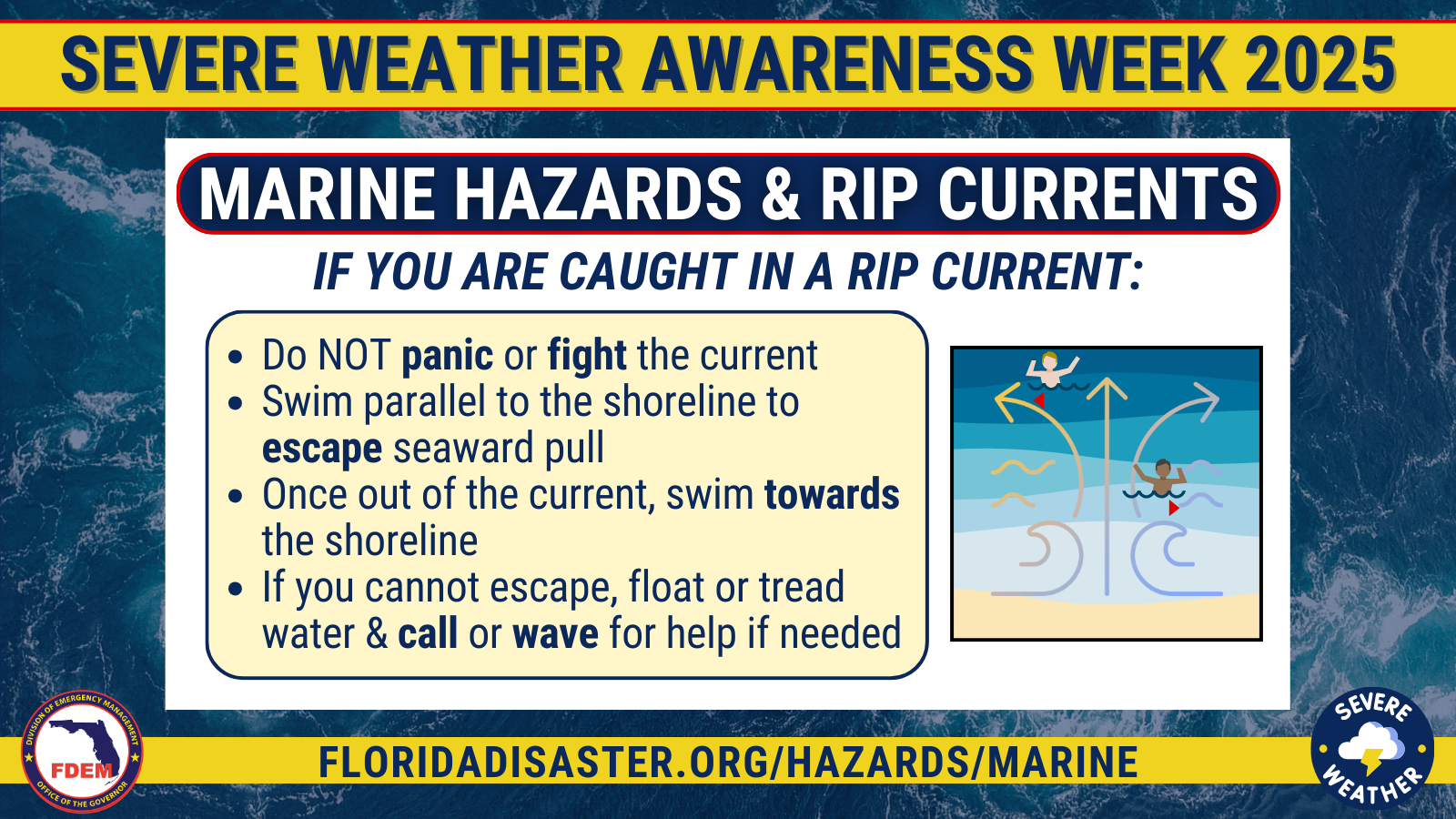
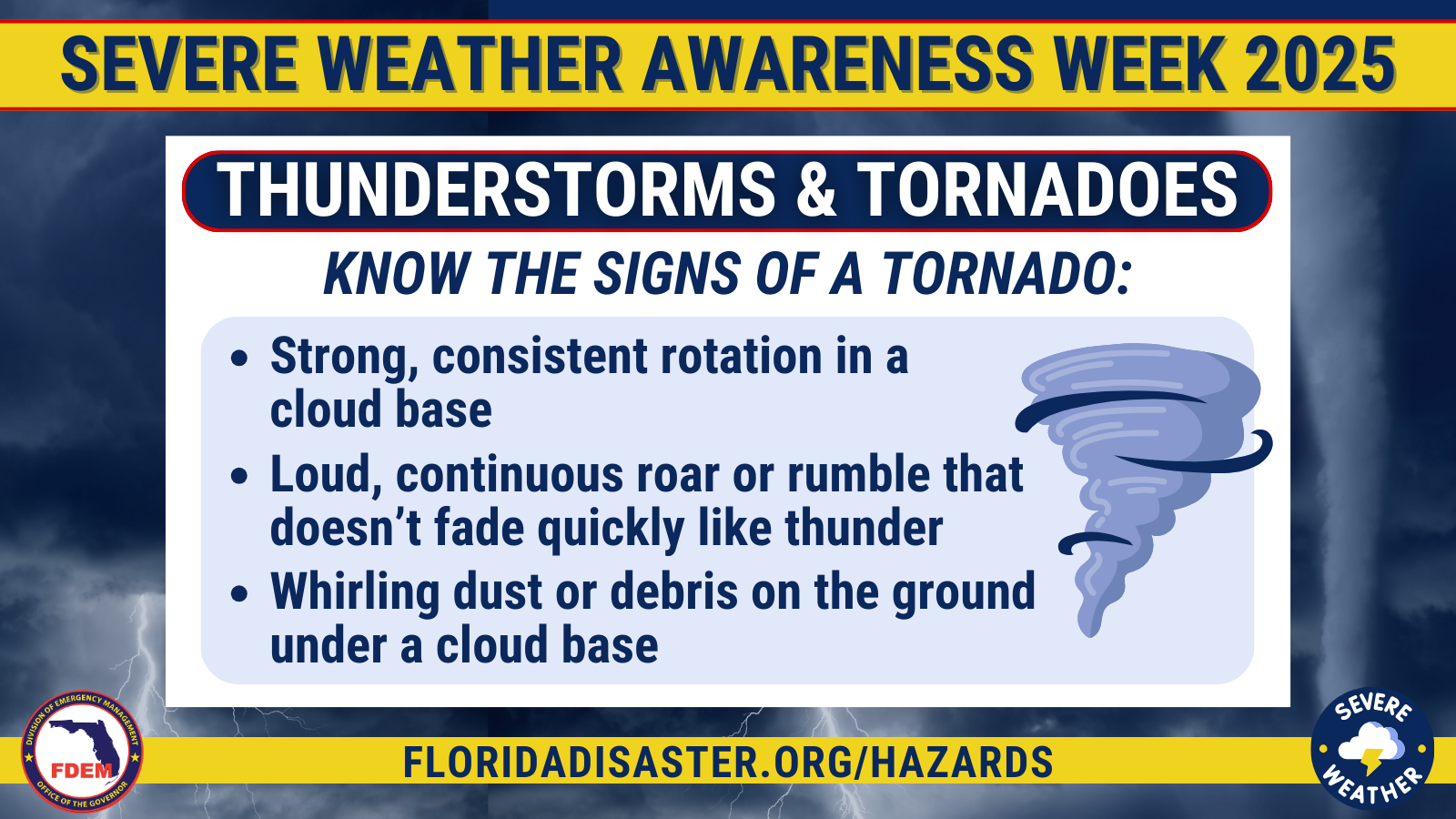
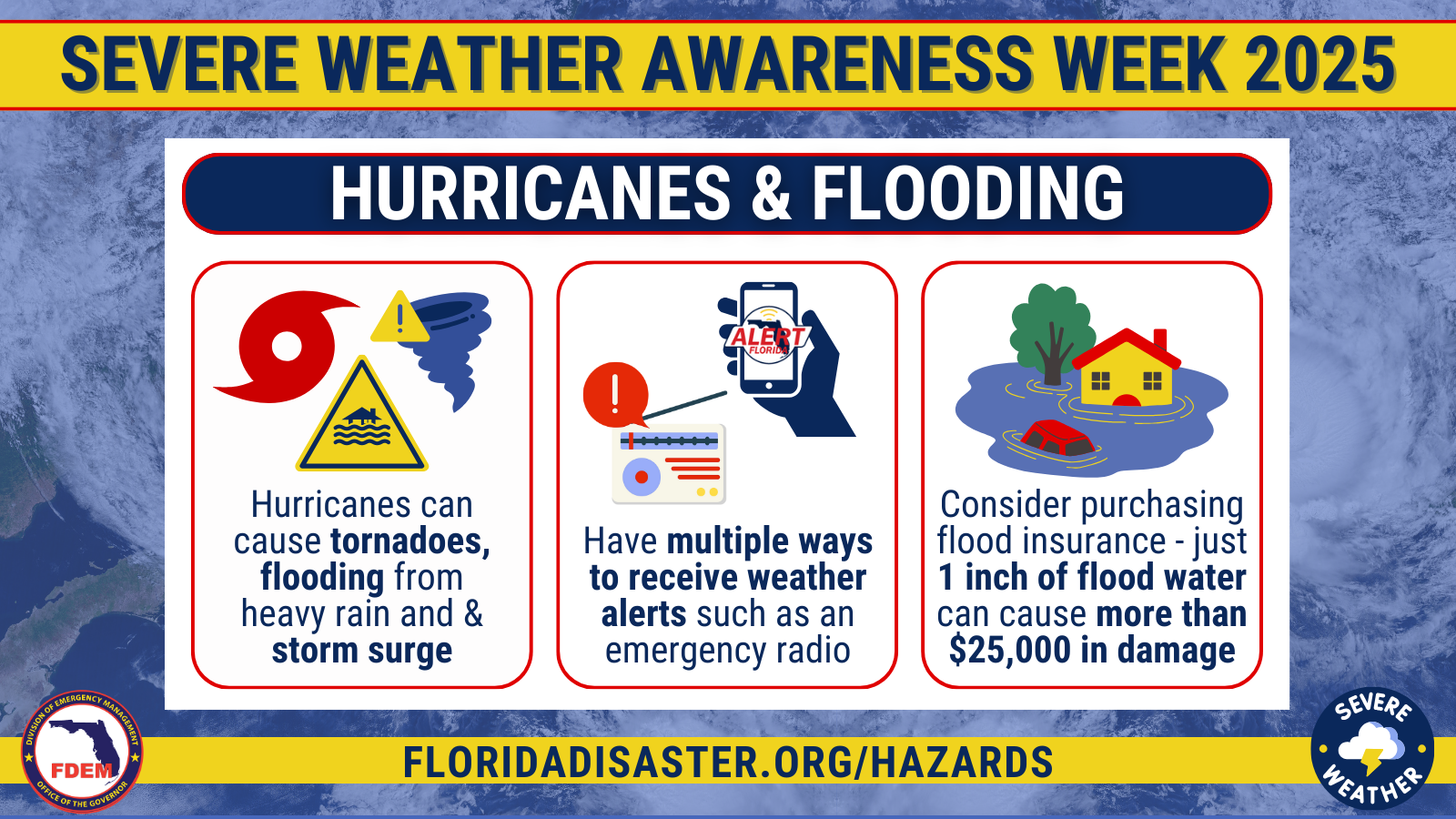
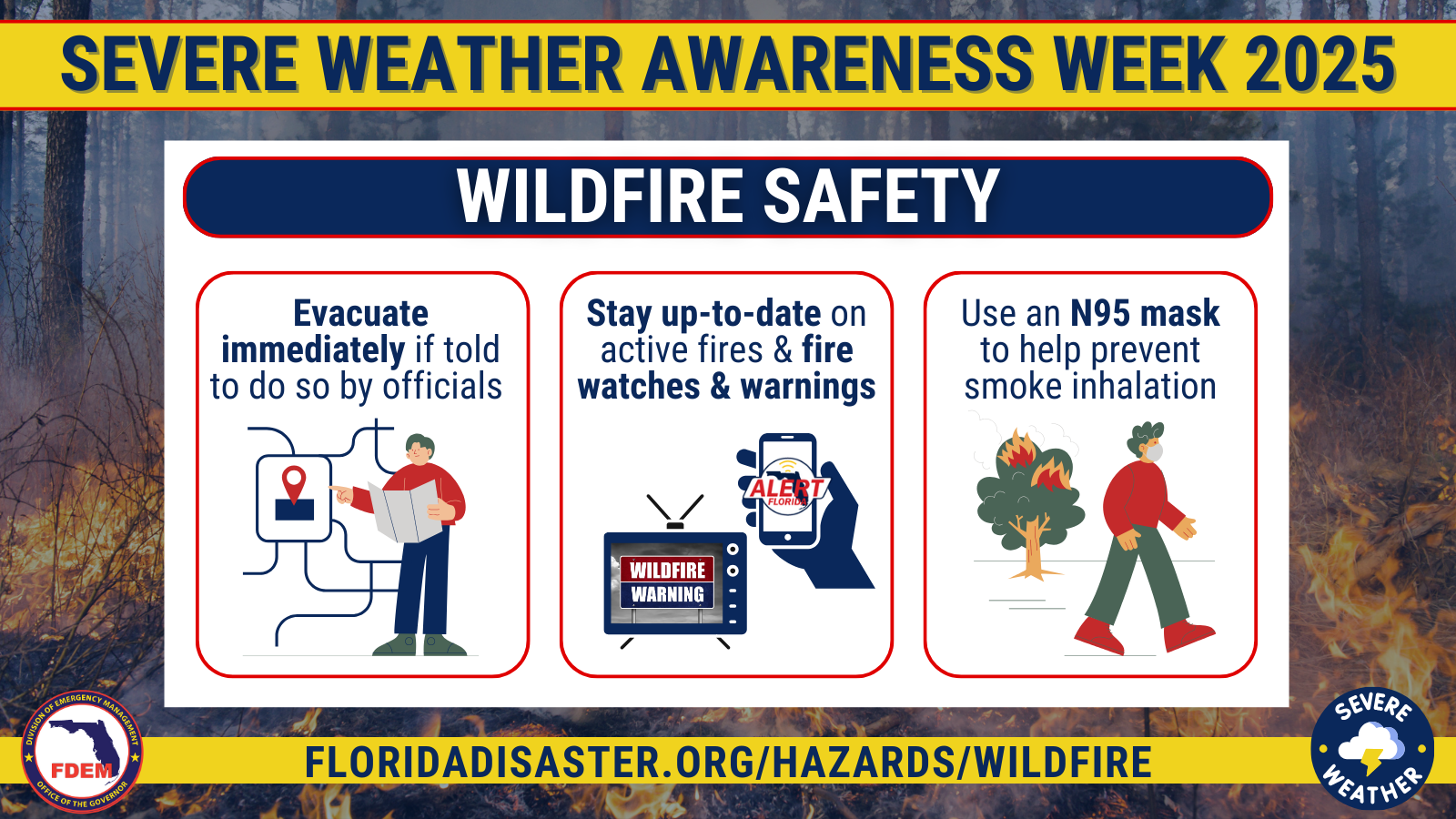
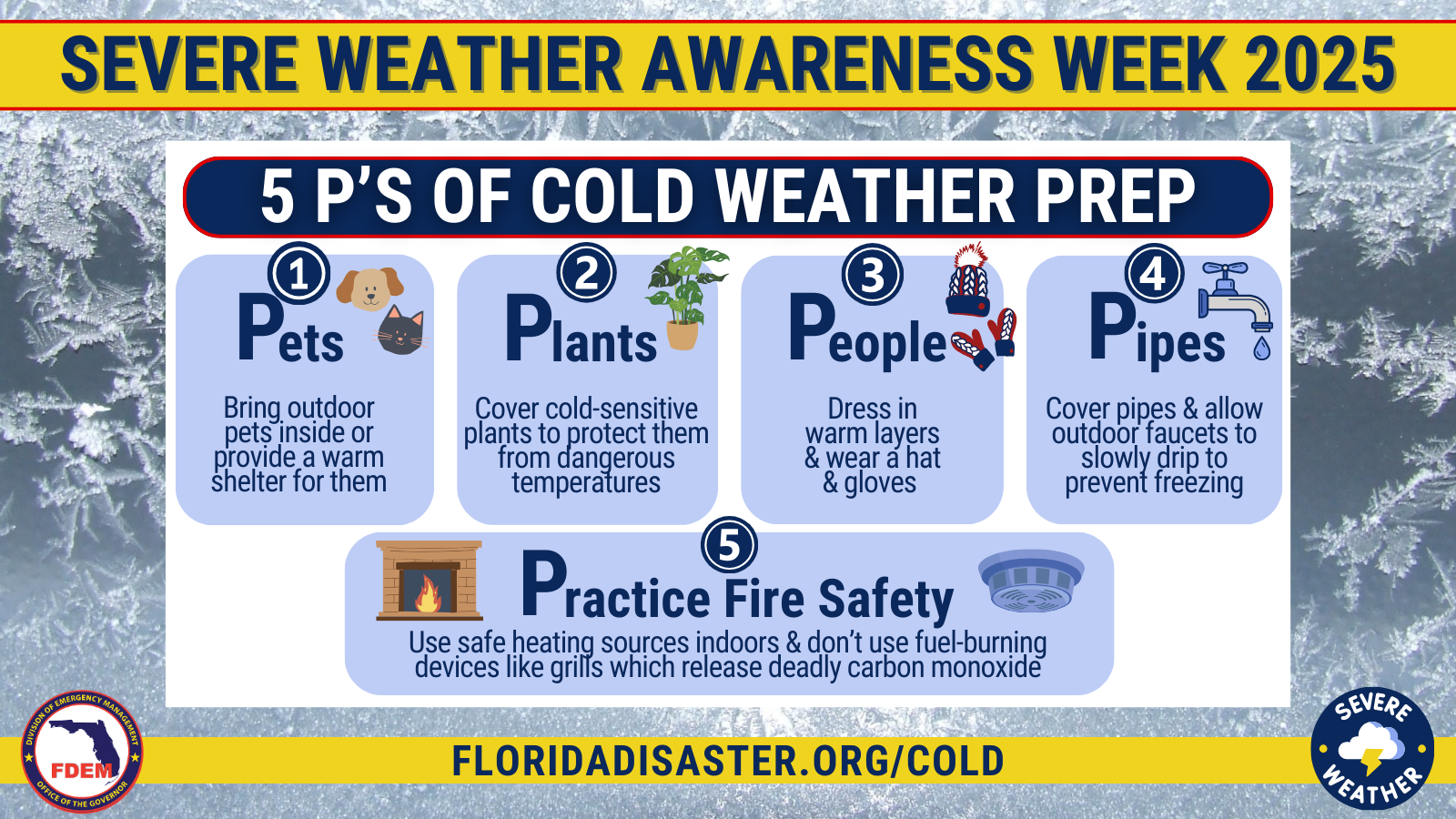
February night skies courtesy “Sky and Telescope”:
Feb. 6 (evening): The Moon, one day past first quarter, is 5° above Jupiter, with Aldebaran anchoring a ragged line.
Feb. 9 (dusk): Look east to see the waxing gibbous Moon, Mars, and Pollux forming a flat isosceles triangle in Gemini.
Feb. 12 (evening): The full Moon and Regulus, Leo’s brightest star, rise in the east with a mere 1½° between them.
Feb. 17 (morning): Face south to see the waning gibbous Moon 1° right of Spica, Virgo’s lucida.
Feb. 21 (morning): The waning crescent Moon accompanies Antares, the fiery heart of the Scorpion, as they rise above the southeastern horizon separated by only 1°.
Feb. 24 (dusk): Look low in the west 30 to 45 minutes after sunset to spot Mercury and Saturn less than 1½° apart. You’ll need a clear, long view to the horizon.
Feb. 28 (dusk): The thinnest sliver of the Moon, just past new, is 3° below Mercury low in the west-southwest. You’ll need binoculars to spot the lunar crescent. Venus blazes above them.
Moon Phases
First Quarter February 5 3:02 a.m. EST
Full Moon February 12 8:53 a.m. EST (Snow Moon)
Last Quarter February 20 12:33 p.m. EST
New Moon February 27 7:45 p.m. EST


